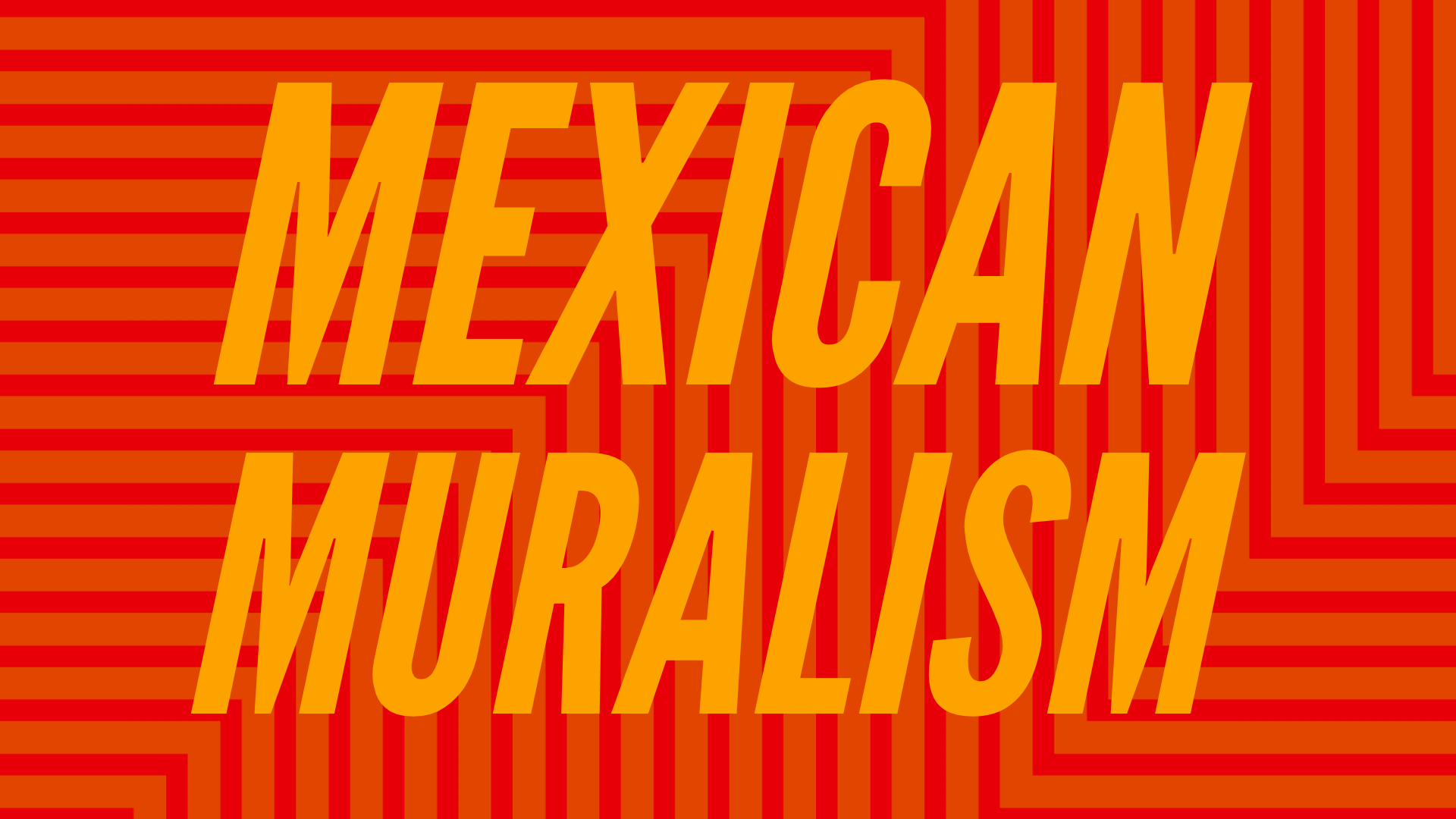Analysis: “La Creación” by Rivera
Diego Rivera’s mural titled, “Creación,” displays a positive ending to the Mexican Revolution through the representation of a wide range of people coming together. This was Rivera’s first public mural, following his study of art in Europe until his return to Mexico in 1921. During this time the Mexican Revolution had just ended with Obregon’s new reformative ways. The mural displays a balance between neutral and brighter colors. This leads you to focus on both the figures and details of the painting. There is a wide range of people both ethnically and physically, though the figure most prominent is the Jesus like figure with his arms in a T at the center of the mural. Rivera shows religious influences in this mural through the multiple religious symbols he uses. On the top of the mural there are angel-like figures polar to the Adam and Eve figures at the bottom. The angels look down on the figures to the left and right of the mural while Eve, who sits on the bottom left looks up at them. Adam sits on the bottom right looking at the figures in front of him with his back turned to the spectator of the painting. Seven of the sixteen other figures in the mural are haloed, three on the left side and four on the right.
Rivera’s large representation of Christ in this murals shows his perception of the positivity religion brings to Mexico. His portrayal of Jesus on the cross connects to an idea of forgiveness for sins. The Mexican Revolution was filled with many brutal, immoral acts and Rivera’s presentation of Christ on the cross illustrates a merciful, fresh start. The concept new beginning is also portrayed through the Adam and Eve figures. They stand out compared to the other figures due to their naked bodies, though, because of the range of different people there is not a substantial separation. Although, there is a greater difference in the angels. While everyone else either sits or stands on the ground, they hover in the air. They are also more neutral and mildly toned, representing Rivera’s more European style. Further down the mural his design slightly changes, bringing a diversity of style along with the diversity of people. His diversity of people is another prominent part of the mural. It brings a complicated blend that makes it hard to ignore. It shows Mexico’s future acceptance to incorporating various people of different ethnicities and cultures that were not previously there.

